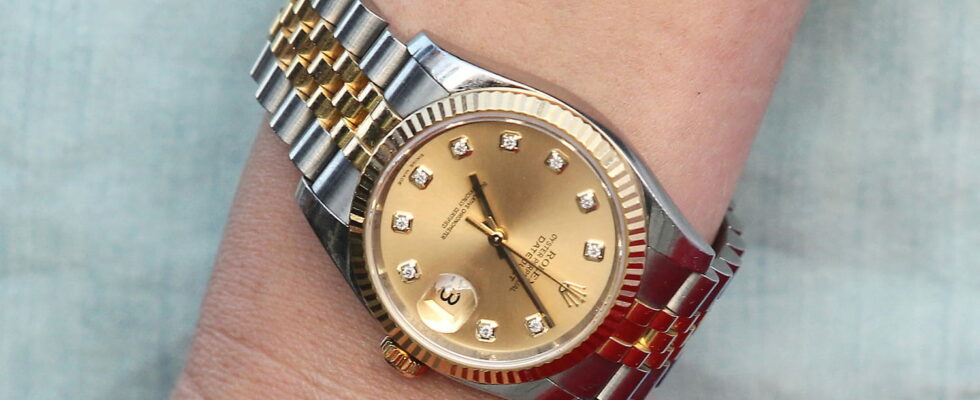Have you always wanted to show off with a luxury watch on your wrist? This is your moment. But be careful, it may not last… Explanations.
“If you don’t have a Rolex at 50, you’ve wasted your life!” This is how Jacques Séguéla, a well-known advertising executive, justified Nicolas Sarkozy’s ownership of this luxury watch in 2009. A Rolex, more than just an accessory, was at the time the ultimate symbol of success and prestige. But is this still the case?
Prices for luxury watches, including Rolexes, are plummeting. The Bloomberg Subdial Watch Index, which tracks the 50 most traded watches, fell 1% in June and has fallen 23% in two years. The downward trend is driven by a few simple factors. During the pandemic, consumers, confined to their homes, invested heavily in luxury watches. As the economy recovers, investors are turning away from these collectibles to explore other, more profitable markets. As a result, the luxury watch market is cooling and prices are falling.
Waiting times for Rolex’s flagship models, such as the Submariner, GMT-Master II and Explorer, have also been significantly reduced. In 2023, it took 105 days to get a Submariner. Today, that time has dropped to 68 days. For the GMT-Master II, the wait has been cut in half, from 180 to 90 days. Rolex has increased its production capacity and expanded its pre-owned watch certification program, further tightening its control over prices.
Charles Tian of Watch Charts confirms: “The availability of Rolexes is greater on the primary market and demand is decreasing.” In other words, there has never been a better time to acquire a Rolex. But if it’s cheaper and less complicated… will people still want one or is it a sign that this former symbol of absolute luxury is becoming really… a bit redneck? In the end, you could be making a less secure investment than it seems in the long run!
